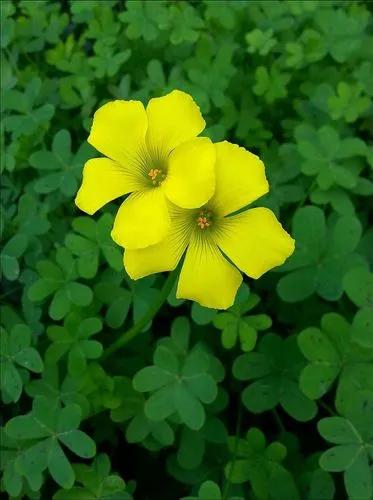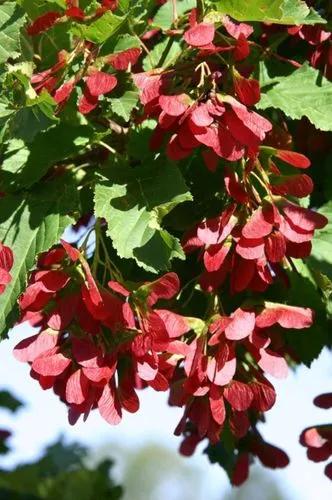Japanese Spindletree is a showy flowering evergreen plant belonging to the Celastrales family and native to China, Korea, and Japan. In its natural environment, it grows as a small tree or bush and can live in ordinary conditions and near the sea coast, thanks to its resistance to wind and salt. Due to its attractive appearance and easy care conditions, the Japanese Spindletree is popular in many countries as an ornamental plant.
Japanese Spindletree Care
Euonymus japonicus



Euonymus japonicus is easily identified by its glossy, ovate, serrated leaves that are green in color and can grow up to 5 cm (2 inches) long. The leaves become narrower closer to the base, and their edges have a silvery tint. The flowers are not spectacular, relatively small, have a yellow-white or green-white color, and appear in the first half of summer under favorable conditions.
As for the fruits, they are red, pink, or orange in color and can be seen closer to the beginning of autumn. They contain small seeds that have a pink tint and may contain poisonous substances.
How to Care for the Plant

Water

Japanese Spindletree is drought tolerant, so water the plant once or twice a month, taking care not to over-moisten, which can cause root rot.

Pruning

In early spring, carefully prune excess branches and remove wilted leaves to promote healthy growth and avoid disease.

Fertilizer

Use a balanced liquid fertilizer once at the beginning of spring, and after the plant begins to grow actively, there is no need to fertilize.

Sunlight

Euonymus japonicus prefers light shade and a dry environment, but it also feels good in bright sun.

Soil

Well-drained loamy or sandy soil containing nutrients is best.

Propagation

In late summer, cut off a healthy stem with a disinfected blade, then remove the lower leaves and plant in slightly moist, well-drained soil and provide adequate watering.

Temperature

The ideal temperature for Euonymus japonicus is 53-68˚F (12-20°C).

Container

Use a container of any material with one large or several small drainage holes.

Fun fact

Euonymus japonicus has several common names, but the plant is called "priest's cap" in France and "forest star" in Malaysia, which are local names and are used only in these countries.

Popularity

13,059 people already have this plant 1,216 people have added this plant to their wishlists
Discover more plants with the list below
Popular articles






